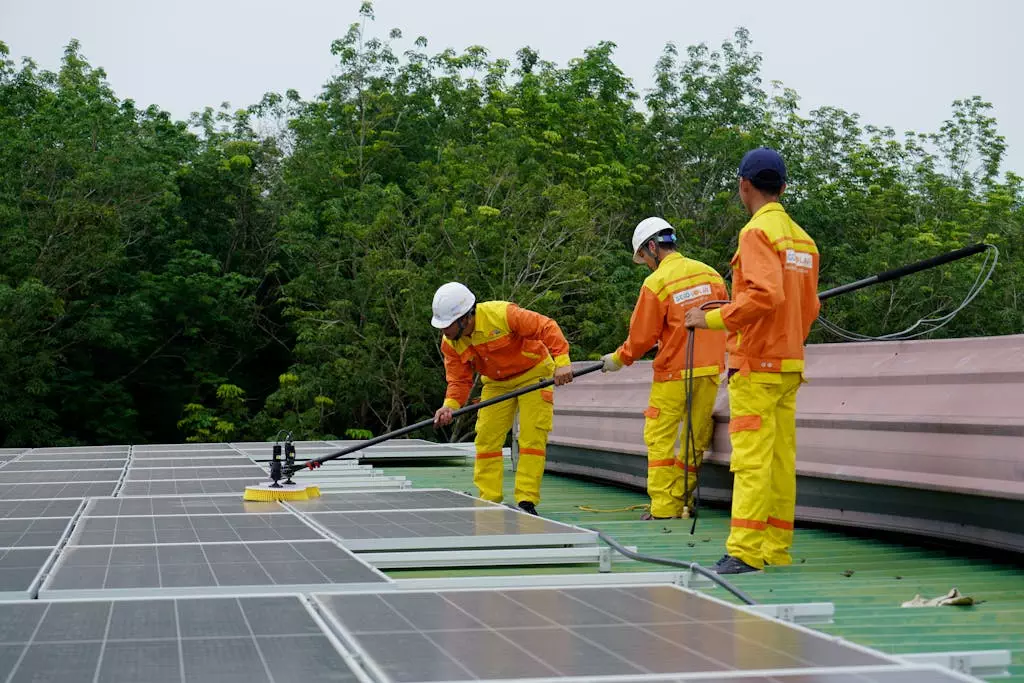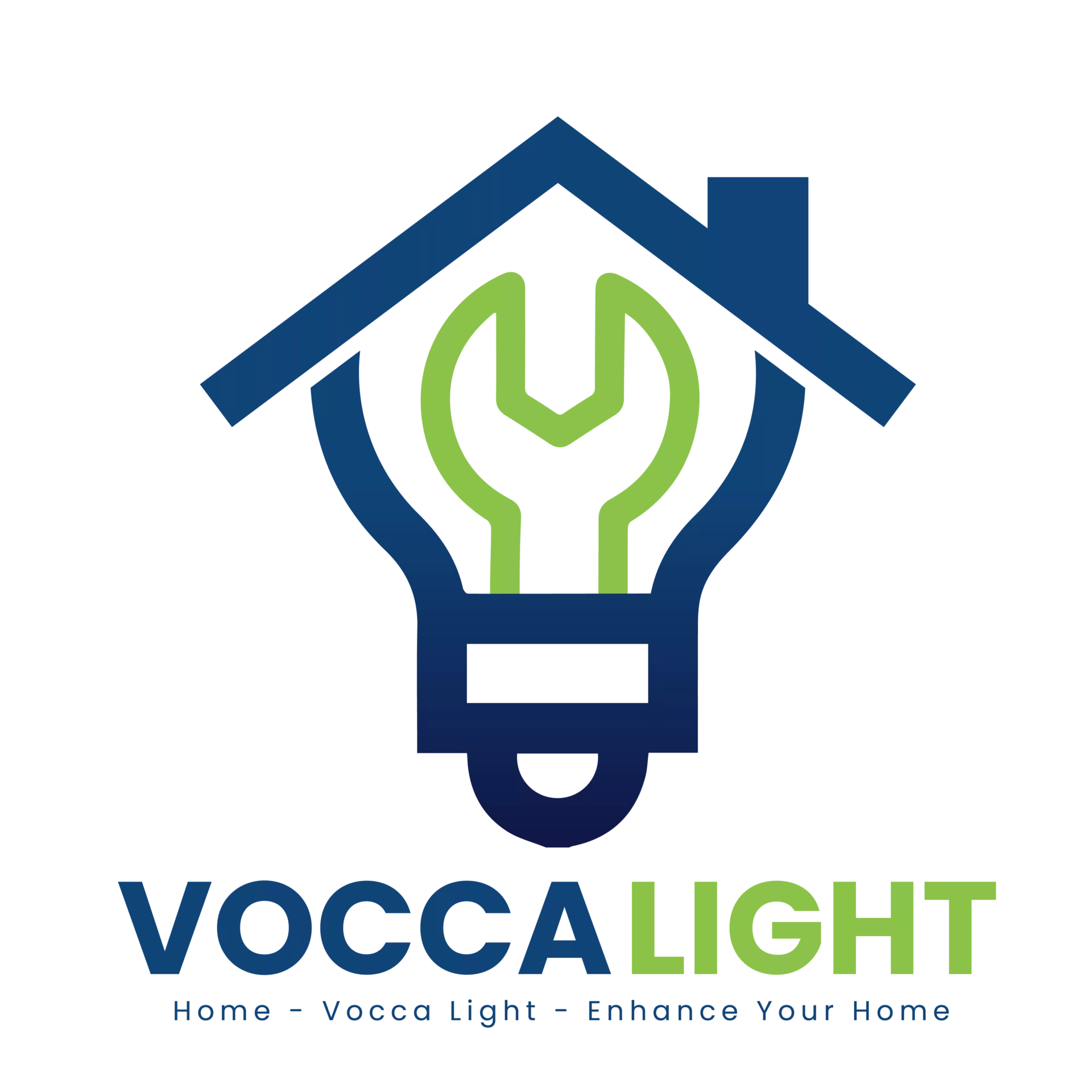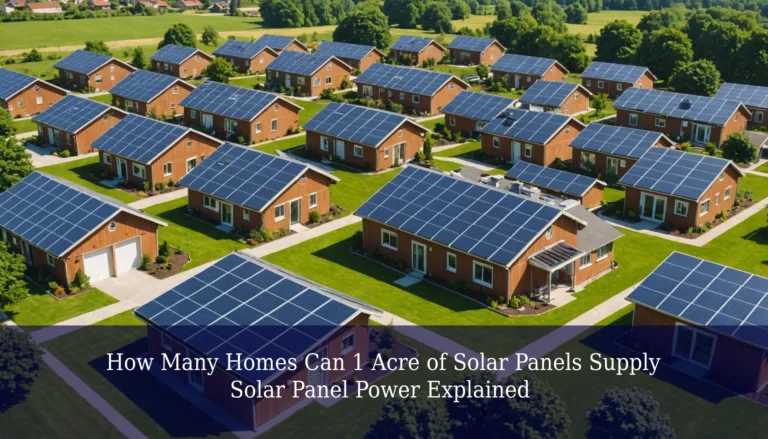How Much Does a Solar Panel Cost Per Square Foot: Complete Price Guide
Have you ever wondered how much solar panels can cost, especially when you think about how much does a solar panel cost per square foot? Understanding this price is super important for anyone interested in switching to solar energy! Knowing the cost helps you plan your budget and find the best deal for your home. Plus, solar panels can save you money on electricity bills, making them a smart investment for the future.
In this article, we’ll dive deep into the world of solar panel pricing. You’ll learn about the different factors that affect costs, how to calculate what you need based on your home’s size, and explore financing options that can make solar energy more affordable. Don’t miss out on discovering how you can take advantage of tax credits and incentives that can lower your overall expenses! Get ready to become a solar pro!
Understanding Solar Panel Cost Per Square Foot in Today’s Market

Breaking Down the Cost of Solar Panels by System Size
Solar panels generally cost between $15 and $30 per square foot, translating to around $2.50 to $3.50 per watt. Larger systems typically benefit from economies of scale, leading to a reduced cost per watt. For example, a 5 kW system may cost around $15,000, while a 10 kW system could be near $25,000. These price variations are influenced by installation challenges such as roof shape and local labor rates.
Factors Affecting How Much Do Solar Panels Cost
Several key factors influence solar panel costs:
- Location: Different labor costs and local regulations can change prices.
- System Size: Bigger systems usually lower the cost per watt.
- Type of Panels: High-efficiency panels may have higher upfront costs but offer long-term savings.
- Installation Complexity: Roof type and condition affect overall expenses.
References:
Converting Panel Cost Per Square Foot to Cost Per Watt
To convert cost per square foot to cost per watt, divide the total cost by the wattage produced by the panels. This conversion provides a clearer view of value, helping compare different solar quotes.
To calculate the cost per square foot, you can use the following formula:
Cost per square foot=Total cost of the solar panel system / Total area of the panels in square feet
For example, if a solar panel system costs $15,000 and covers an area of 400 square feet, the cost per square foot would be:
Cost per square foot=15000 / 400 = 37.50
This means that the cost of the solar panel installation is approximately $37.50 per square foot. This example reflects a particular scenario that may not represent typical market rates.
To convert the cost per square foot to cost per watt, follow these steps:
- Determine the wattage produced by the solar panels. For instance, if you have a solar panel system that generates 5,000 watts.
- Use the following formula:
Cost per watt=Total cost / Wattage produced
Using our previous example where the total cost is $15,000:
Cost per watt=15000 / 5000 = 3.00
This indicates that the cost of the solar panels is $3.00 per watt. Generally, larger solar systems benefit from economies of scale, resulting in a lower cost per watt. This means that while the average cost per square foot may seem high, larger installations can often yield more favorable pricing per watt, making them a more economical choice over time.
Tesla Solar Roof vs. Traditional Solar Panel Cost Per Square
Tesla’s solar roof tiles cost approximately $21 to $24 per square foot, while traditional solar panels range from $15 to $30 per square foot. While Tesla roofs offer a unique design, traditional panels often provide a more cost-effective solution for many residential projects.
Solar Panel Cost Per Square Analysis for Home Solar Investments

Understanding the Cost of Solar Panels Per Kilowatt-Hour
The cost per kilowatt-hour (kWh) for solar energy is generally lower than traditional utility rates. Installed solar panels can significantly reduce electricity costs, with potential savings over time.
Example:
- Initial Setup Costs: The average cost of residential solar panel installation can range from $15,000 to $30,000, depending on the size and type of the system.
- Electricity Generation: A typical solar panel system (about 5 kW) can produce approximately 6,000 kWh of electricity annually.
- Cost Per kWh Calculation:
- If the total installation cost is $20,000:
- Cost per kWh = Total Cost / Annual Electricity Generation
- Cost per kWh = $20,000 / 6,000 kWh = $3.33 per kWh
- Comparison with Utility Rates: If the local utility rate is $0.12 per kWh, the solar cost of $3.33 per kWh seems high initially. However, this cost may be spread over 25 years (typical lifespan of solar panels), leading to lower effective costs as electricity prices rise over time.
- Long-Term Savings: After incentives and savings on utility bills, homeowners can expect significant long-term savings when switching to solar energy. For example, if a household previously spent $1,200 annually on electricity, by installing solar panels, they could potentially reduce their electricity bills by 50% or more, translating to savings of up to $600 per year. Over the lifespan of the panels, this could result in total savings exceeding $15,000.
It’s crucial to understand that the calculated cost of $3.33 per kWh in this example reflects the upfront installation costs rather than ongoing operational expenses. As electricity prices rise over time, the effective cost of solar energy can become significantly lower than traditional utility rates, leading to potential savings in the long run.
Solar Power Financial Benefits Beyond the Initial Investment
Solar installations can lower monthly utility bills and increase property values significantly. Key benefits include:
- Reduced electricity bills.
- Improved property valuation due to renewable energy installations.
- Potential income from net metering.
Comparing Solar Energy Costs to Traditional Electricity Expenses
While initial investments in solar systems may be higher than traditional utility expenses, long-term savings can exceed $10,000 over 20 years, demonstrating the financial benefits of adopting solar energy.
For instance, many homeowners report a reduction of 50% or more in their electricity bills after installing solar panels. Additionally, with government incentives and tax credits, the initial cost of solar systems can be significantly offset, further enhancing the appeal of renewable energy solutions.
Maximizing Incentives to Reduce Solar Panel Costs

Federal and State Tax Credits for Going Solar
The Federal Solar Investment Tax Credit (ITC) allows homeowners to deduct up to 26% of their installation costs from federal taxes. State incentives further lower overall expenses, making solar installations more affordable.
Calculating ROI When Installing Home Solar
The return on investment (ROI) for residential solar systems typically shows payback periods between 5 and 10 years. This period reflects energy savings that significantly boost long-term investment value.
Example Calculation
- Initial Cost:
- Assume the cost of installing a solar system is $20,000.
- Incentives and Rebates:
- Let’s say you receive a federal tax credit of 26%, which is $5,200.
- Net Cost: Net Cost=Initial Cost−Incentives=20,000−5,200=14,800
- Annual Energy Savings:
- Assume your solar system saves you $1,500 per year on your electricity bill.
- Payback Period:
- Calculate how long it will take to recoup your investment:
- Payback Period=Net Cost / Annual Energy Savings = 14,800/1,500 ≈ 9.87 years
- Total Savings Over Time:
- If the system lasts 25 years, the total savings would be: Total Savings=Annual Energy Savings × Lifespan = 1,500 × 25 = 37,500
- ROI Calculation:
- ROI can be calculated as: ROI= Total Savings−Net Cost / Net Cost ×100
- Plugging in the values: ROI = 37,500 − 14,800 / 14,800×100 ≈ 153.38%
Summary
- Initial Investment: $20,000
- Net Cost After Incentives: $14,800
- Annual Savings: $1,500
- Payback Period: Approximately 9.87 years
- Total Savings Over 25 Years: $37,500
- ROI: Approximately 153.38%
The ROI of approximately 153.38% is indicative of a strong investment in solar energy; however, it’s beneficial to compare this figure to industry averages. Many solar investments typically see ROIs ranging from 100% to 200%, depending on various factors such as location, system efficiency, and available incentives. (Sunollo, CNET)
Financing Options to Make Solar Panels More Affordable
Various financing options are available to help manage upfront costs. Choices include:
- Solar Loans: These allow homeowners to spread out the upfront costs over time with fixed interest rates, making budgeting easier.
- Leases: With little to no initial costs, leases enable homeowners to pay monthly fees for using the solar system without ownership.
- Power Purchase Agreements (PPAs): This option allows homeowners to pay only for the energy produced by the system at rates often lower than local utility prices. It’s essential to compare the total costs and savings from each financing option to determine which aligns best with your financial goals.
Sources:
Expert Guide to Evaluating Solar Panels Per Square Foot Value

Key Considerations Beyond the Immediate Panel Cost Per Square Foot
Evaluating solar panels involves more than just looking at the upfront price. Considerations include:
- Efficiency ratings.
- Warranty and maintenance expenses.
- Installation quality and compliance with local regulations.
Future-Proofing Your Investment: How Much Solar Panels Cost Over Time
Most solar panels have a lifespan of 25 years or more. Understanding how much they cost per square foot helps clarify their overall value as a long-term investment. The durability of solar panels means that while the initial investment can be substantial, the long-term benefits often outweigh the costs. With warranties typically covering 25 years, homeowners can expect reliable performance throughout the lifespan of their panels.
FAQs
1. How much does a solar panel cost per square foot?
Costs generally range from $15 to $30 per square foot, depending on various factors like installation and panel type.
2. What factors influence the cost of solar panels?
Key factors include location, system size, panel type, and installation complexity.
3. What are the financial benefits of installing solar panels?
Benefits include long-term savings on energy bills, increased home value, and available tax credits.







